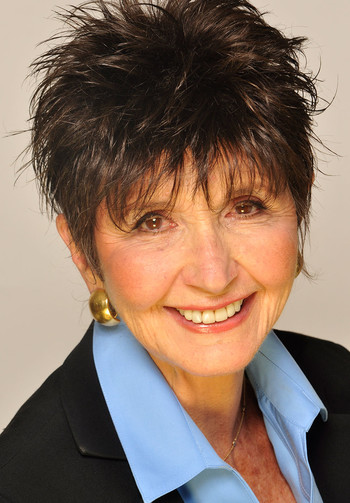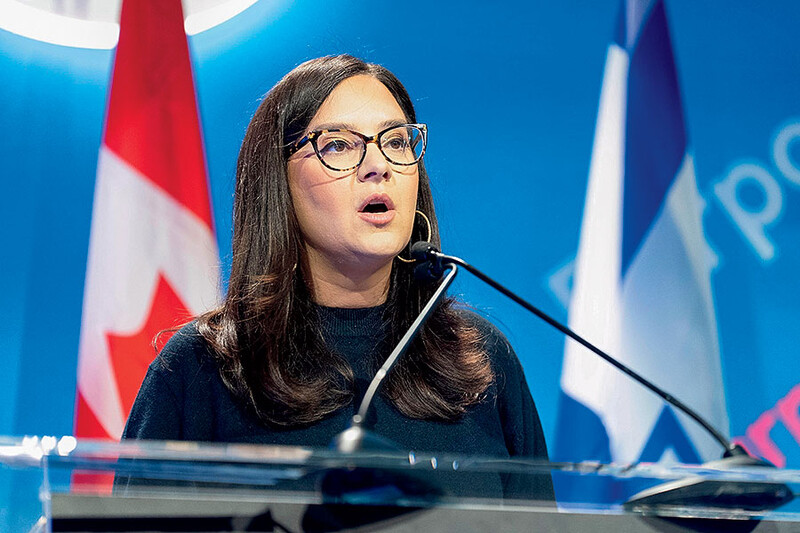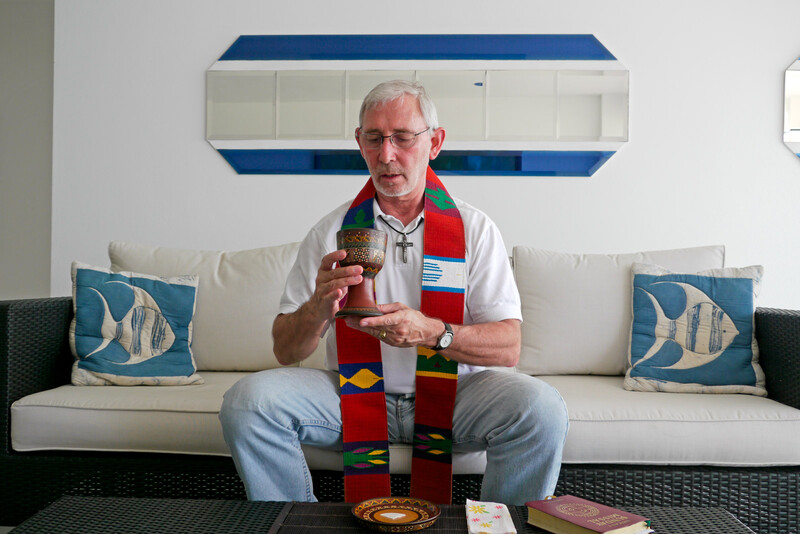Natalie H. Rogers ’79SW, a public-speaking coach, psychotherapist, and author with a background in theater, has helped more than 13,000 people overcome stage fright.
What inspired you to teach public speaking?
Public speaking is said to be the number-one phobia in America. When people are overly self-conscious about the way they look and sound, the consequences can be catastrophic. People drop out of law school, they turn down fabulous jobs and promotions, and they constantly make excuses to avoid talking.
I took a speaking course in college and was horrified by the way it was taught. Most of the students were incredibly uncomfortable, but the teacher would just sit at the back of the room and say “relax” or “make eye contact.” It wasn’t effective at all.
I realized there was no systematic method for teaching public speaking. The academic approach involved a hodgepodge of fragmented theories, lectures, and suggestions. So I created my own science-backed, step-by-step method that got students to distract themselves from negative thoughts and build better performance skills.
Why are so many people terrified of speaking publicly?
Every healthy baby is born with the ability to express itself. For the majority of people, the sense of shame around speaking starts during childhood. Growing up in a strict family might condition you to want to stay quiet and out of trouble. Some children develop speaking anxiety when they first go to school and have to meet new peers and deal with bullying or insensitive teachers.
Other people never had this problem. They always spoke confidently. Then, during adulthood, they suddenly develop stage fright, often as a posttraumatic stress reaction.
What makes a good speaker?
Your ability to insert pauses, think systematically, and, most importantly, stay focused and relaxed while people are looking at you. It’s helpful to use a story to illustrate your point and relate the rest of your speech to that narrative. Relying too much on statistics and numbers tends to bore an audience.
The very worst thing is when people talk too fast. They do this because they lose control. They’re nervous and trying to cram as many words as possible into a short amount of time, trying to get the speech over with.
Can you share some speaking tips?
My book, Talk Power: The Mind-Body Way to Speak Without Fear, includes a variety of exercises that I developed to train the speaker to concentrate. One involves lifting your hands slightly off your lap while you practice speaking, which shifts your attention and helps you stay calm. Another has you walk in slow motion, holding weighted objects. Focusing on your hands or another body part activates your right brain, the nonverbal side. This shuts off the negative thoughts coming from the left brain.
When preparing for a speech, always plan out a clear structure in advance. Never “take a deep breath” to ease panic. When you breathe deeply using your chest, you’re producing adrenaline and stimulating the fight-or-flight response. Instead, breathe from your diaphragm, also known as belly breathing. Take a breath in through your nose as you push your belly out. Pull your belly in and blow out slowly through pursed lips as if you were whistling. Doing this while waiting for your turn to speak will help you stay calm.
If you struggle to insert pauses during your speech, try squeezing your toes a couple of times between each sentence. The advice about making eye contact with the audience? It’s all baloney. You just have to skim the faces of people. The less eye contact the better, because it distracts you from what you’re saying. And of course, practice makes perfect. Public speaking is a learned skill that requires training, just like swimming, riding a bicycle, or playing an instrument.
This article appears in the Winter 2021-22 print edition of Columbia Magazine with the title "Ask an Alum: Talk Therapy."




